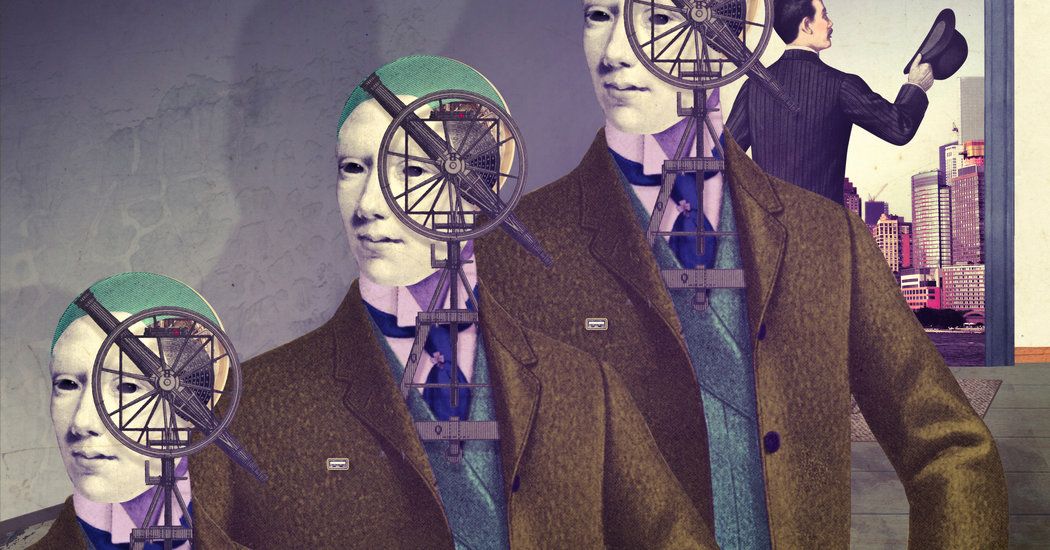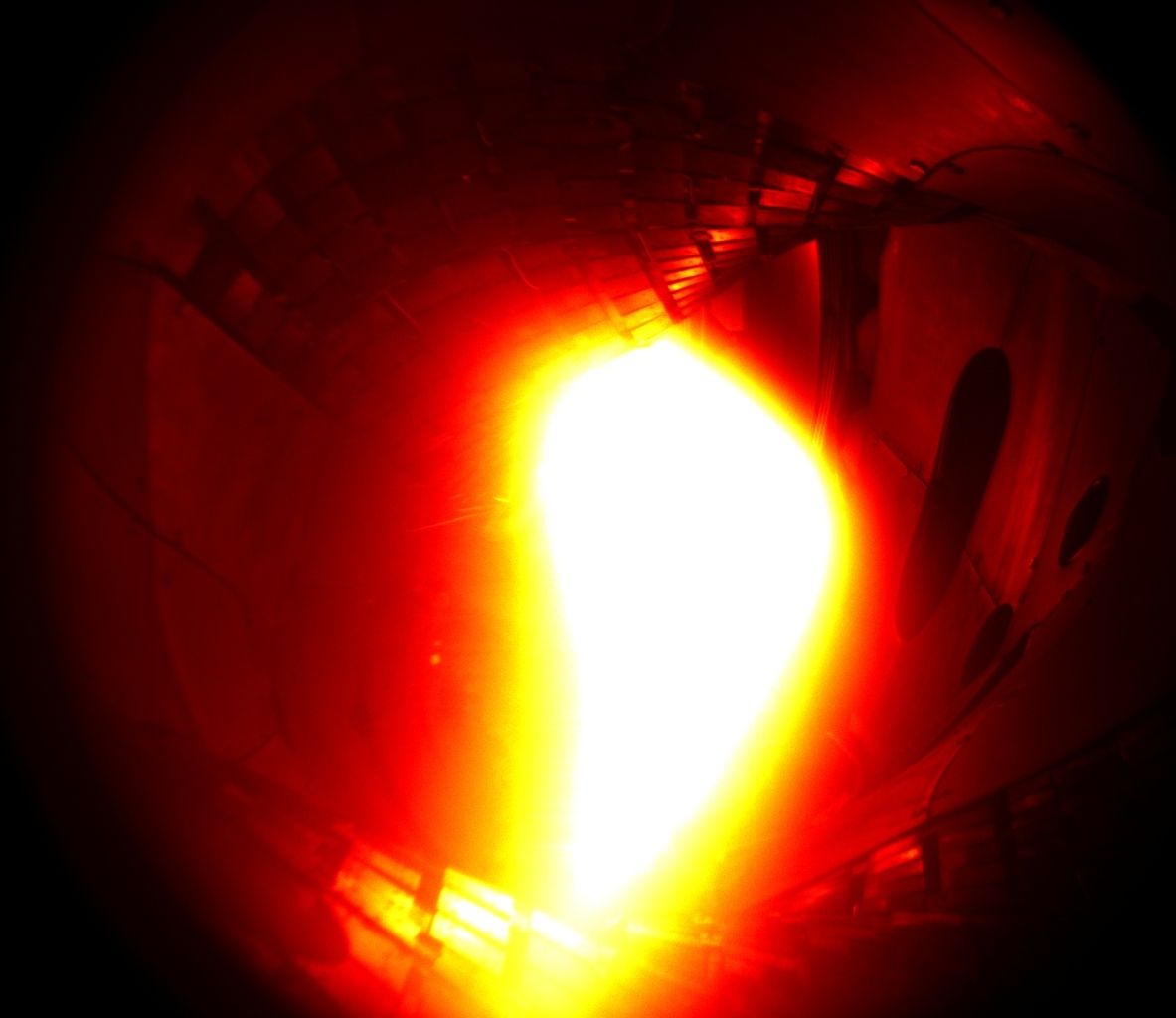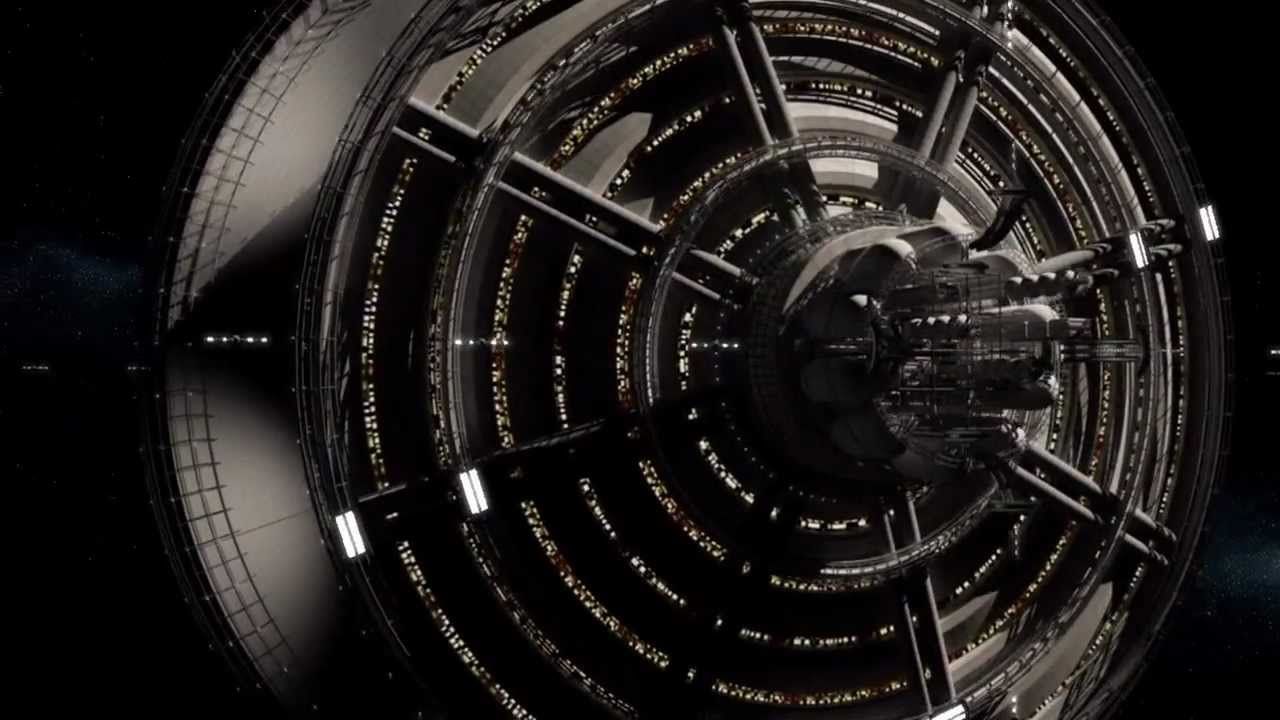Dec 10, 2015
Skyscraper-style chip design boosts performance 1,000-fold
Posted by Shailesh Prasad in category: computing
For decades, engineers have designed computer systems with processors and memory chips laid out like single-story structures in a suburb. Wires connect these chips like streets, carrying digital traffic between the processors that compute data and the memory chips that store it.
But suburban-style layouts create long commutes and regular traffic jams in electronic circuits, wasting time and energy.
That is why researchers from three other universities are working with Stanford engineers, including Associate Professor Subhasish Mitra and Professor H.-S. Philip Wong, to create a revolutionary new high-rise architecture for computing.

















